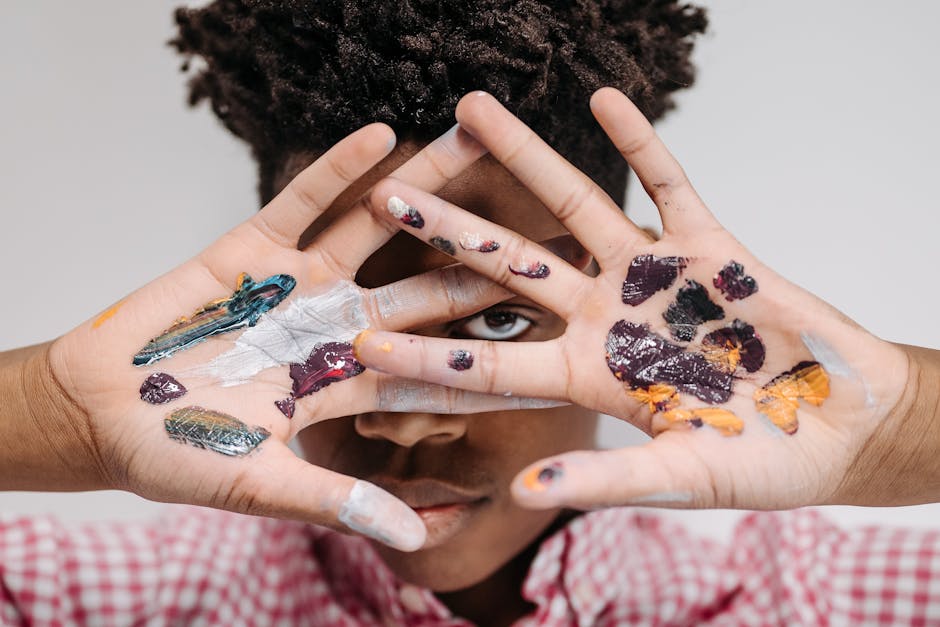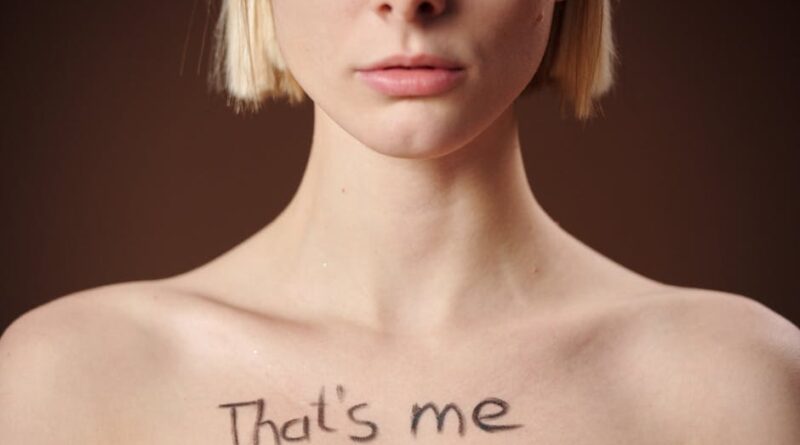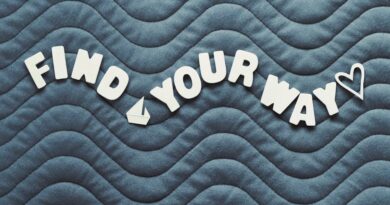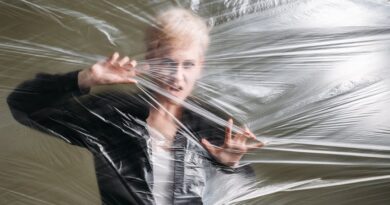The Intersection of Art and Personal Identity
Have you ever looked at a painting and felt a deep connection? Or listened to a song and thought, “That’s exactly how I feel!”? Art has a powerful way of expressing who we are. In this article, we’ll explore how art shapes our personal identity and how we can use it to understand ourselves better.
What is Personal Identity?

Personal identity is how we see ourselves. It includes our beliefs, values, experiences, and even our culture. Think about it: your identity is shaped by your family, friends, and where you grew up. It’s like a puzzle made from different pieces of your life.
Art plays a vital role in this puzzle. By creating or enjoying art, we express our thoughts and feelings. This can help us understand who we are. Studies show that engaging with art can boost our self-esteem and improve our emotional health. How can we use art to explore our identity?
How Does Art Reflect Identity?

Art often mirrors our backgrounds and experiences. For example, an artist might paint scenes from their hometown, showcasing their culture and history. This can help viewers connect with their own experiences.
- Cultural influence: Artists often incorporate elements from their heritage. This helps preserve traditions and tells stories that connect generations.
- Emotional expression: Art allows individuals to express feelings that are hard to put into words. A song can capture the joy of love or the pain of loss.
- Personal stories: Every piece of art tells a story. It may reflect the artist’s journey, struggles, or triumphs.
Why is Art Important for Self-Discovery?

Creating or experiencing art can lead to self-discovery. Heres how:
- Exploration: Trying out different art forms helps us learn more about ourselves. You might discover a talent for pottery or enjoy writing poetry.
- Reflection: Art encourages us to think about our emotions. When we draw or paint, we might find feelings we didnt know we had.
- Connection: Sharing art can create bonds with others. This sense of community can enhance our identity.
Can Art Help Us Understand Others?

Absolutely! Art can serve as a bridge between different cultures and experiences. When we see art from another person’s perspective, it opens our minds.
For example, a film about another culture can show us the struggles and joys of someone else’s life. This can help break down stereotypes and build empathy. Understanding different identities can enrich our own.
What Types of Art Can Influence Identity?
Art comes in many forms, and each type can influence our identity in unique ways. Here are some examples:
- Visual Arts: Paintings, sculptures, and photography can evoke strong emotions. They often tell stories that resonate with our lives.
- Music: Songs can shape our feelings and memories. A favorite tune might remind you of a special moment.
- Literature: Books and poetry allow us to enter different worlds. They help us explore complex ideas and emotions.
- Theater and Dance: These forms of art bring stories to life. They can inspire us to think differently about our own stories.
How Can We Use Art for Personal Growth?
Art can be a tool for personal growth and healing. Here are some ways you can use it:
- Keep a Journal: Writing can clarify your thoughts. it’s a great way to explore your identity.
- Take Art Classes: Whether it’s painting, dancing, or singing, classes can help you discover new aspects of yourself.
- Attend Workshops: Engage with others and share your art. This can build confidence and community.
- Visit Museums: Learn about different cultures and perspectives. This enriches your understanding of identity.
What Are Some Common Misconceptions about Art and Identity?
Many people think they need to be “good” at art to benefit from it. That’s not true! Here are some myths about art and identity:
- Myth 1: “I’m not an artist, so I can’t express myself.”
Reality: Everyone can create. The goal is to express, not to be perfect. - Myth 2: “Art is just for entertainment.”
Reality: Art can be therapeutic and revealing, helping us understand ourselves. - Myth 3: “You have to follow the rules.”
Reality: Art is about breaking rules and exploring freedom.
How Can We Encourage Art in Our Lives?
Encouraging art in your life doesnt have to be hard. Here are some simple steps:
- Set Aside Time: Make time for creative activities. It could be as simple as doodling or listening to music.
- Surround Yourself with Art: Fill your space with inspiring pieces. This can include paintings, photographs, or even quotes.
- Share Your Art: don’t be afraid to share what you create. You might inspire others!
- Explore Different Mediums: Try painting, writing, or even digital art. Each form can reveal new aspects of yourself.
Conclusion: Embrace Art as Part of Your Identity
Art is more than just a pastime; it’s a profound way to explore our identity. Through art, we can express who we are, reflect on our experiences, and connect with others. By embracing art in our lives, we enrich our understanding of ourselves and the world around us.
So, pick up that paintbrush, write that poem, or play that song. Dive into the beautiful intersection of art and personal identity. You might just discover something amazing about yourself!
For more insights on creativity and identity, check out this article from Psychology Today.



